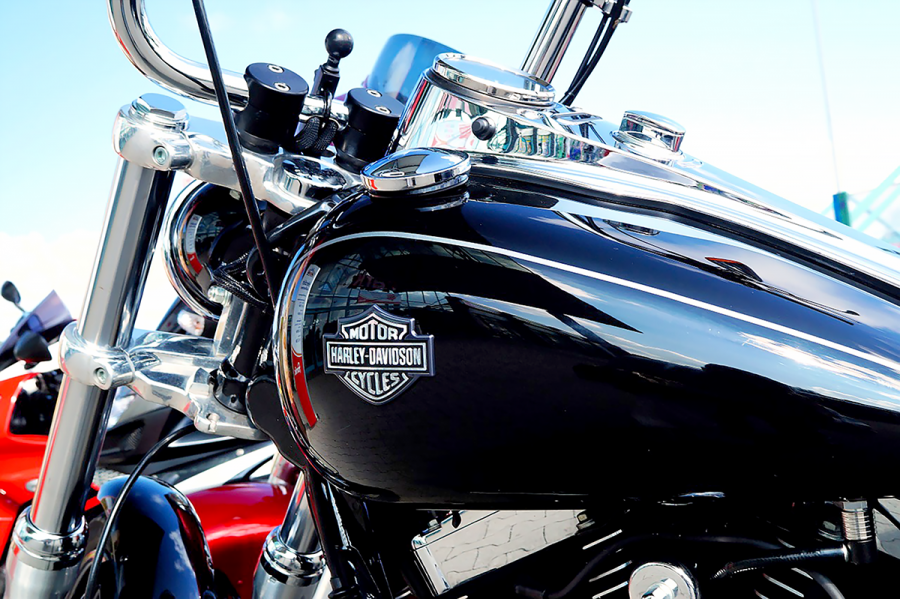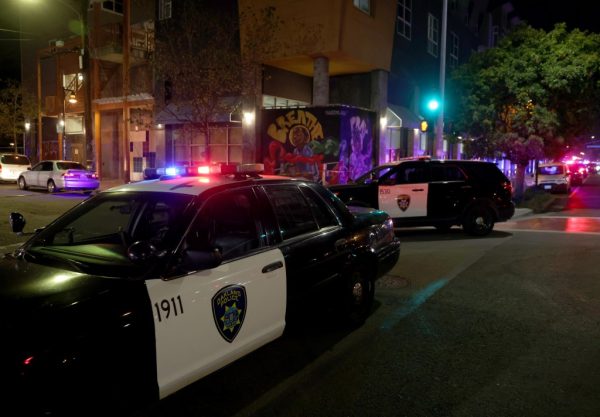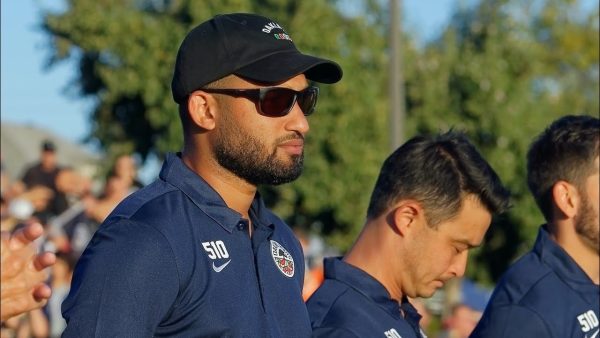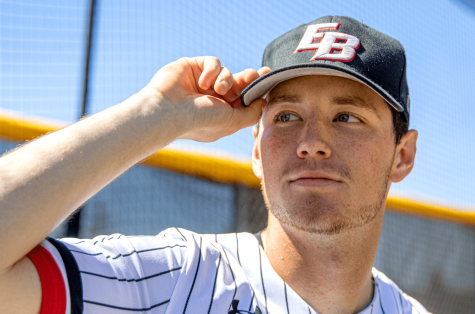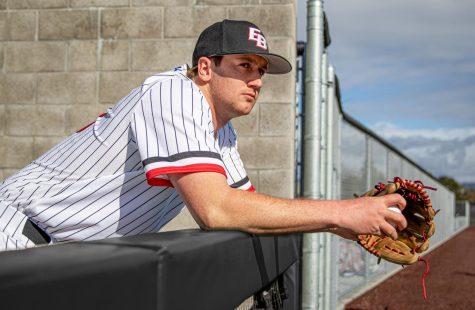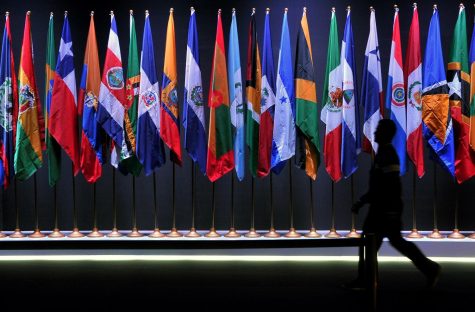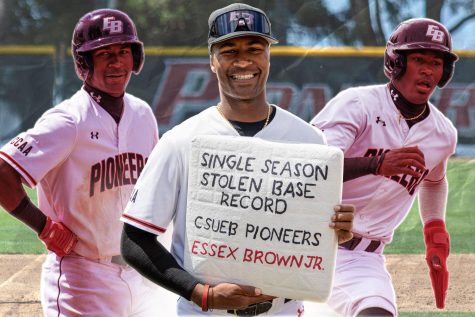Harley-Davidson’s sales run out of gas
December 12, 2019
If there aren’t enough things to blame millenials for, add the decline of the motorcycle industry and ridership to that list.
Harley-Davidson has been in trouble financially and much of this accredited to millenials not riding motorcycles. This has forced Harley Davidson to branch out of its traditional cruiser style motorcycles and release a variety of styles that appeal to more people. This includes models such as the all electric “Livewire” and the adventure style “Panamerica”.
Demand for motorcycles has shifted as the baby boomers, the most consistent Harley Davidson customers, who previously helped the company thrive, are aging out of motorcycle-riding. Millennials, the younger generation with less income, different priorities, and different lifestyles, are taking their place.
“Companies are going to have to change designs to attract gen x-ers and millennials” said Jim Donahoe, leader of the Hayward Motorcycle Club. “Of course boomers will still want the traditional design, but electric is the future, especially for the youth designed bikes.”
Along with the other models Harley Davidson has released, they have also produced electric balance bikes for children. The purpose of the electric assisted bikes for children are to plant the two-wheel-seed early so when they grow up they are already interested in motorcycles. This isn’t only designed to sell bikes now, but also motorcycles in the future. The motorcycle industry altogether not only needs to produce new motorcycles, but new motorcyclists.
President Trump proposed a boycott against Harley Davidson for wanting to move production overseas because tariffs had a big impact on the company. The Trump administration imposed tariffs on imported steel and aluminum from the European Union, Mexico, and Canada. While the tariffs were intended to protect U.S. jobs, it caused outrage around the globe.
In response to Trump’s tariffs, Europeans targeted iconic American products, such as motorcycles, denim, and bourbon. The EU raised U.S. motorcycle tariffs from 6 percent to 31 percent, which can add nearly $2,200 to the cost of an average motorcycle, according to the U.S. Securities and Exchange Commission’s public filing.
The financial downfall of the Harley Davidson Motorcycle Company is commonly attributed to millennials for not riding motorcycles and Trump’s tariff war, but it isn’t just Harley Davidson that has been affected. The motorcycle industry as a whole is looking for ways to inspire the next generation of riders and they are not just focused on millenials.
“Previous generations were attracted to motorcycles because boomers and seniors did not have as much of a distraction with electronics and technology,” said Donahoe, “Riding now is different. The laws were more lax, as helmets were not required. Traffic and congestion was nowhere near what it is today.”
Progressive insurance has launched an initiative called “Discover the Ride,” partnered with Zero Motorcycles, an electric motorcycle company designed to serve and support the entire motorcycle industry.
This experience, offered to both adults and children, is designed to attract non-riders and allows them to “Discover the Ride” without a motorcycle license while riding on a closed course. Through Zero Motorcycles, current and future generations are introduced to motorcycling with an emphasis on technology and electric power.
There are financial hardships that need to be taken into account when looking at why millenials don’t ride motorcycles. Many young people simply can’t afford a vehicle that is not considered an essential mode of transportation.
Millennials entered the workforce during or in the wake of the Great Recession. They are also more likely than previous generations to attend college, meaning that they’re more likely to have student debt.
It’s not surprising to see reduced millennial consumption of big-ticket items. Many are simply unable to purchase cars or homes never mind a motorcycle, due to poor job opportunities, student loan debt, and lack of access to credit.
The unemployment and underemployment of recent college graduates are at 8.8 percent and 18.3 percent respectively. These rates are considered historically high compared to previous generations. Wages for employed young adults have dropped 7.6 percent since the onset of the Great Recession, according to The Atlantic, an American publication.
Homeownership among 25 to 34-year-olds was at 42 percent in 2010, compared to 52 percent among 25 to 34-year-olds in 1980, according to decennial US census data. Many are not able to afford a motorcycle, especially a Harley Davidson, because of financial hardships.
Millennials are less likely to buy a new car, nonetheless a motorcycle. Millennials account for 27 percent of new vehicles sold in the United States, compared with 38 percent of new vehicles bought by Generation X at the same point in life, according to a report by CNW Research, an automotive marketing research company.
The distinction between the reason someone buys a motorcycle is important because the data shows that younger buyers are interested in motorcycles only as a means of transportation rather than a hobby or luxury. This means that cheaper motorcycles, that aren’t as expensive as Harley Davidsons, will suffice their needs.
“I think the statistics are skewed,” said Steve Silva, a Harley Davidson salesman. “Stats saying that Harley finances are down resulting in ridership going down doesn’t reflect the aftermarket like Craigslist. Just because people aren’t buying motorcycles from us doesn’t mean they’re not buying them at all.”
The aftermarket for used Harley Davidson motorcycles currently is making it difficult for dealers to sell bikes which results in lower reported revenues. In the U.S. there are three used Harleys sold for each new one sold. The ratio was reversed a decade ago, according to reports by the Wall Street Journal.
“There aren’t any strong role models out there that we call influencers today,” said Jesus Andrade, a Harley Davidson collector and enthusiast. “Previous generations had Evel Knieval, Steve McQueen, and the Easy Rider movie with Peter Fonda. Those guys made motorcycles cool.”
Although Harley Davidson motorcycles were ridden by Scarlett Johanssen and Chris Evans in The Avengers movie series, there has not been a big recent iconic motorcycle rider that has inspired others to ride.
Motorcycle ridership and the industry as a whole is struggling. In the millennial generation it is due to the lack of funds, change in priorities due to lack of funds, and change in lifestyle. Trump even has a role in affecting the motorcycle industry by the tariffs that have indirectly affected Harley Davidson. The motorcycle company and the motorcycle industry are fighting to stay afloat by attempting to appeal to the current generation and planting the seed for future generations through new models and programs that encourage riding.




